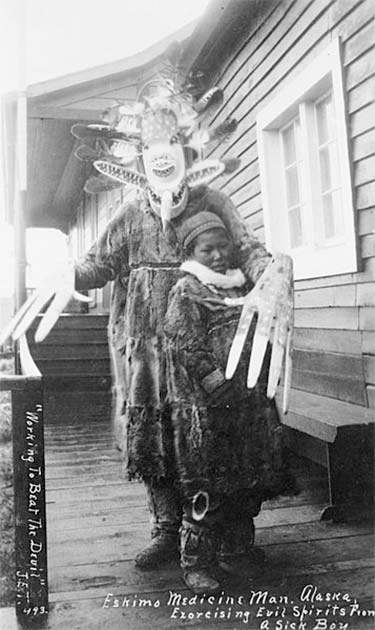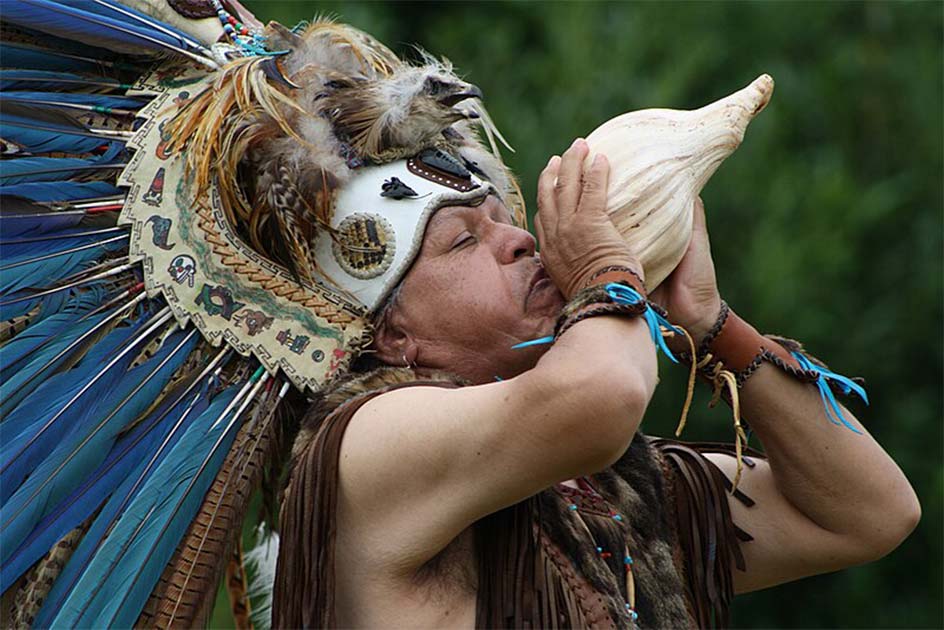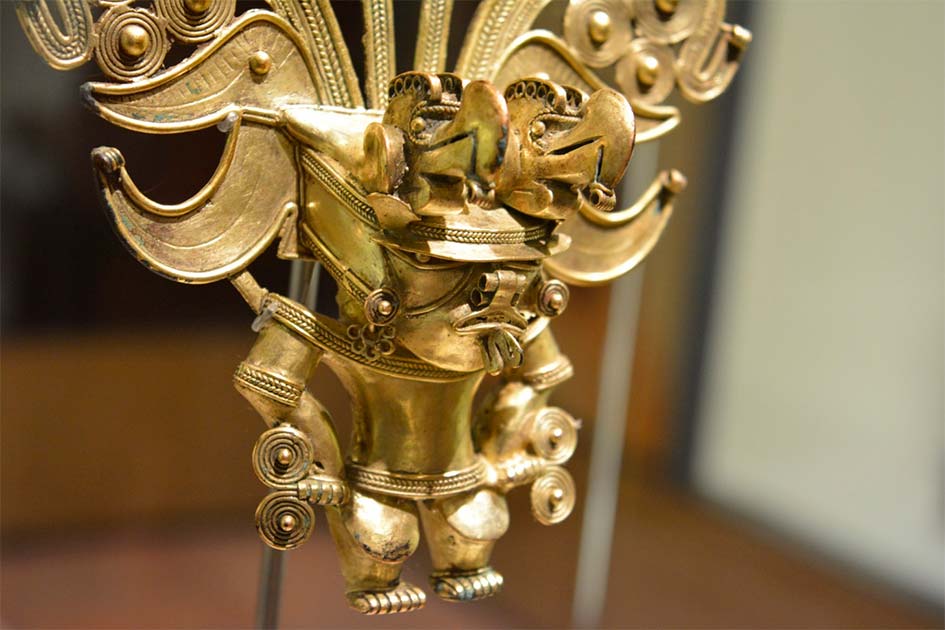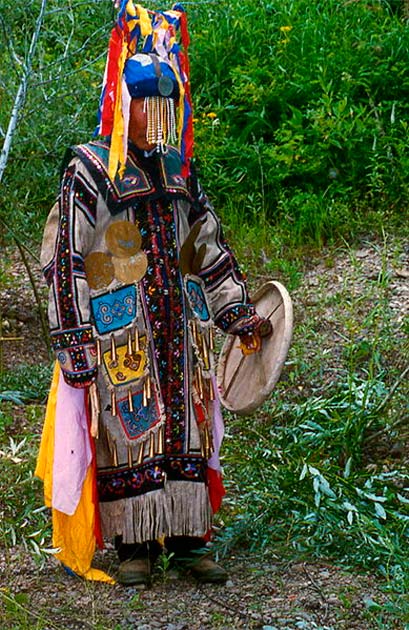Human societal development seems to have followed a common path to success, a system of increasing complexity which develops often in isolation but which follows the same formula. It starts, it would seem, with our realization that we prosper the most when we work together.
Banding together in tribes allowed us to protect ourselves from dangerous predators, whether from our species or not. And from this initial drive to form a herd came everything else.
Agriculture, although detrimental to the individual compared to the previous approach of hunting and gathering, allowed for larger communities and an attractive alternative to a nomadic lifestyle. And much of what we see today came from that decision.
Armies started as specialized defenders, or raiders who found a way of life in attacking weaker neighbors. Before engineers and scientists, there were blacksmiths. And before doctors and modern medicine, there were shamans.
It is interesting that such figures combined religion and medicine in their role, the two being closely linked in our primitive psychology. But such figures, usually elaborately dressed, appeared in many different cultures across the world.
Here are some of the many ritual accompaniments used by the shaman.
1. Yup’ik Shaman and Healing

2. Medicinal Herbs and the Zulu

3. Bright Colors and Finery

4. A Transformation

5. Loud Noises!

6. A Dying Art

Top Image: Drugs, finery, music and healing: much of the regalia of the shaman is purposed towards making an impression, and guiding those on a journey of discovery. Source: Jonathon / Adobe Stock.
By Joseph Green